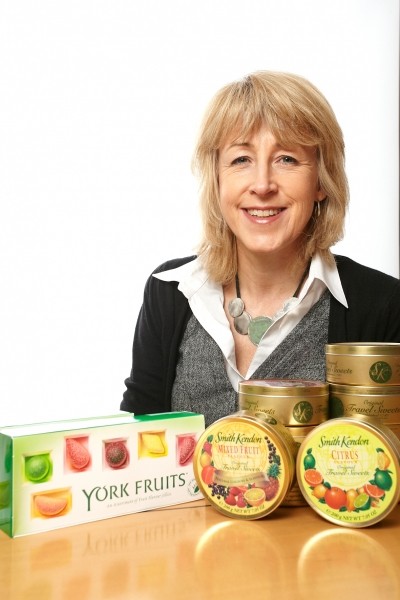New power system cuts carbon and costs for Tangerine
The technology will be implemented in the West Yorkshire factory where Wilkinson’s Pontefract cakes and Butterkist Popcorn are produced.
“We are continually seeking ways to raise our environmental performance and this move to on-site generation of power is a key element of our carbon-cutting strategy,” said Peter Sanders, operations director for Tangerine.
The partnership with ENER-G required no capital investment by the company as the technology was supplied by ENER-G in return for Tangerine purchasing the generated electricity “at a very favourable rate” Sanders added.
A Tangerine spokesperson told ConfectioneryNews.com other major energy saving initiatives included reducing its energy use for lighting, heating and air conditioning in its plants.
Twice as efficient
“The simultaneous generation of electricity and useful heat is almost twice as efficient as conventional power generation as the majority of heat is recovered and used on site, rather than wasted into the atmosphere,” said sustainable engineering group ENER-G supplier of the CHP systems.
“There is also less transmission loss by avoiding the transportation of electricity along many miles of electrical distribution cables,” said the company.
ENER-G said the annual carbon savings made at this plant will equal the equivalent to the environmental benefit of 63,000 trees.
The two-phase contract involved the installation of an ENER-G 500kWe cogeneration unit in September 2010, followed by a 230kWe trigeneration system to be commissioned in February 2011.
The smaller unit will provide electricity, heating and cooling to supply a second production facility. According to ENER-G, the typical pay back period on CHP technology varies between two to four years.
Work with Carbon Trust
Tangerine has also been working with the Carbon Trust to monitor energy use in the gums and jellies segment of sugared confectionery production and to identify which manufacturing process was the most energy intensive.
The company has contributed towards research indicating that the conventional stoving method for jellies and sweets was the most energy hungry process in confectionery manufacture, and that an alternative was needed. Cadbury and Nestlé also contributed to the initiative.
Tangerine claims to be the largest independent sugar confectionery manufacturer in the UK. It has seven UK production sites that employ approximately 1500 people.



